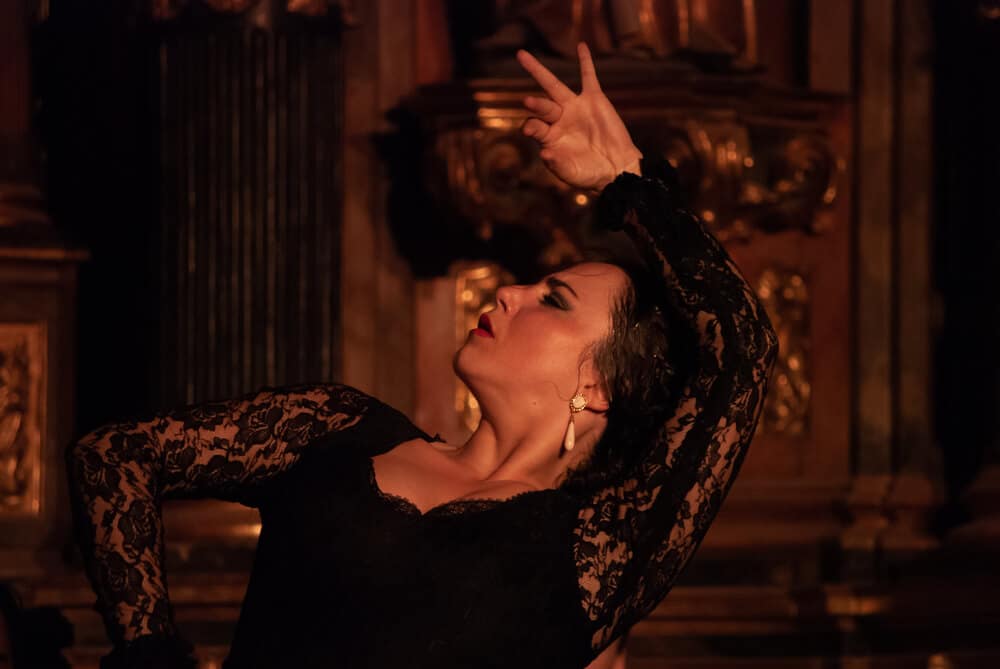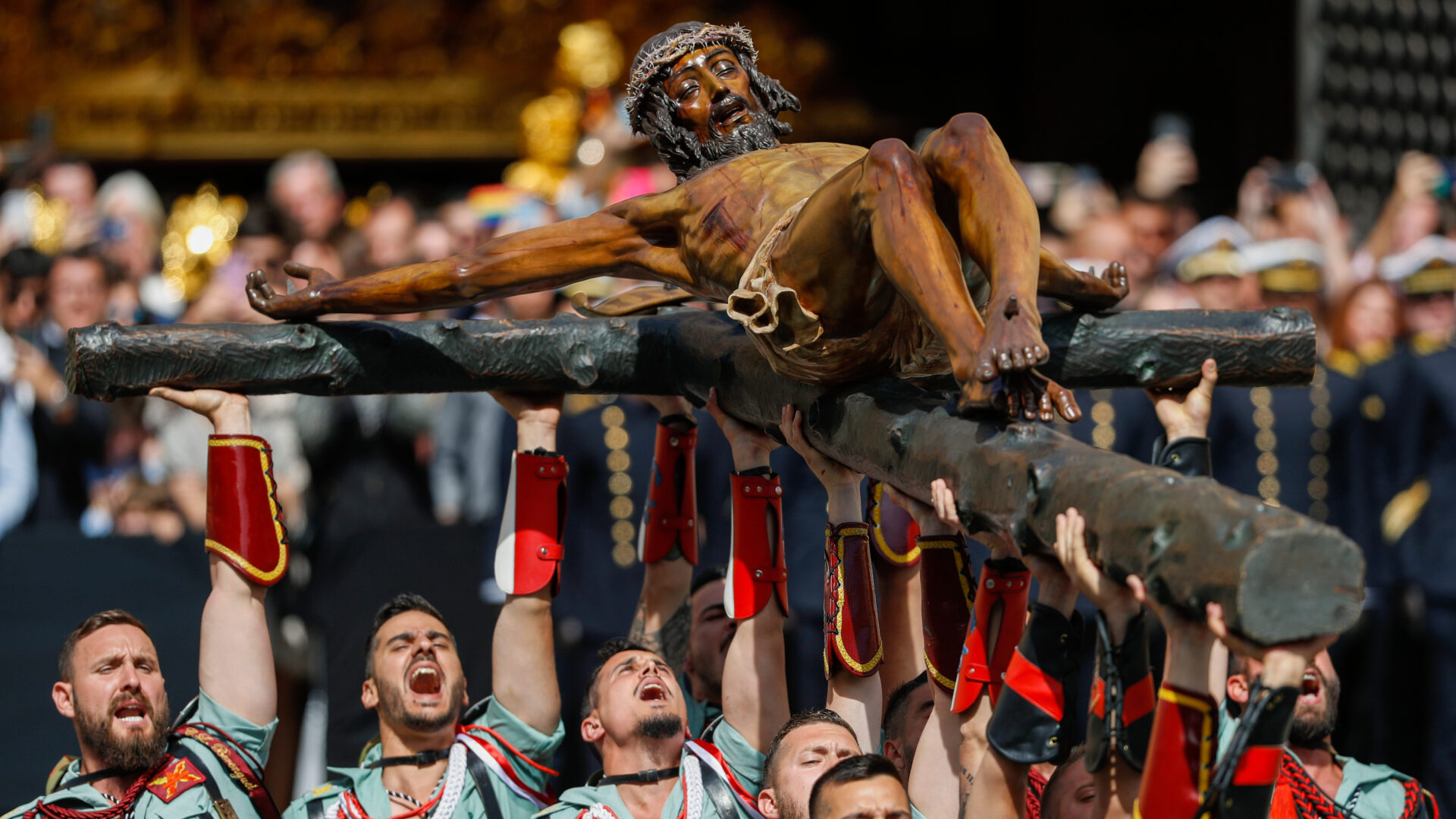Due to its structure, rhythm, style, and character, flamenco dance is an artistic manifestation that combines singing, dancing, and hand clapping. Therefore, learning it is arduous and complex.
In fact, in flamenco classes, a lot of time is dedicated to executing the technique correctly, especially arm movements and hand flourishes. The movements are not always the same, varying according to the music, choreography, and attire. But what does arm movement in flamenco consist of and why is it so important in this genre?
Flamenco is a very visual art in which dancers speak with their arms and hands. They make sounds and sing with claps and snaps, or use them to convey passion, delicacy, lament, pain, or elegance, depending on the timing of the performer’s movements with them.
That’s why arm movement in flamenco is fundamental, as it is what gives magic and grace to the dance. Semicircular movements that go from top to bottom outside the torso and from bottom to top through the center of the body, performed in time with the music. This is accompanied by what is known as floreo, the movement of hands and fingers where the wrists move in a circular manner and the fingers open and close as if they were the petals of a flower.
The posture during arm movement is essential, as well as the coordination of the arms with the rotation of the wrists, as they are performed at all moments of the dance. These movements are developed simultaneously with spatial displacements and other movements of the body and feet.
Furthermore, it’s worth mentioning that the movements between female and male dancers are different. In the case of women, the hand movement is done by separating the fingers in different directions, bringing the middle finger inward while gently opening the fingers with a wrist turn. In this way, the hands alone already confer a special charm to the dance. On the other hand, men don’t open their fingers, but keep them slightly together and usually move from inside to outside, with more energy and intensity in the wrist turn.
Examples of Arm Movement
Throughout the history of flamenco, many of the movements that male and female dancers have made with their hands have become a true tradition within this art. Some examples of arm movement and hand flourishes are the following:
- The fact of not separating the fingers for men.
- Forming a circle with the middle and thumb fingers for women or making corkscrew or spiral movements.
- Separating only two fingers, the middle and index, in the case of men. But it was also a quite common movement of the dancer Pastor Imperio, who used it with a downward and inward hand turn.
- Other forms that are also frequent are hand movements as if grabbing small handfuls, with an open hand as a farewell, calling someone, or completely tense as a defiant gesture.
Thus, in flamenco dance, these elegant and delicate movements become a true work of art when everything is in harmony, both the movement of the arms and the hands, fingers, and body. When we attend a flamenco show, everything seems simple on stage, but the truth is that it’s not.
Achieving the proper technique requires a lot of dedication and effort for everything to flow naturally. And for the final result to be appropriate, it is necessary that the arms are well positioned and that the fingers and hands move correctly. Because not everything goes in flamenco.




